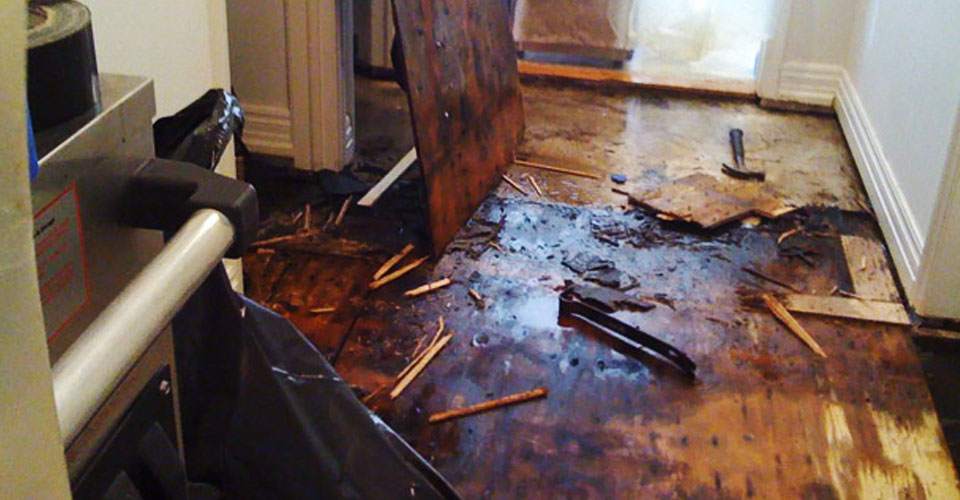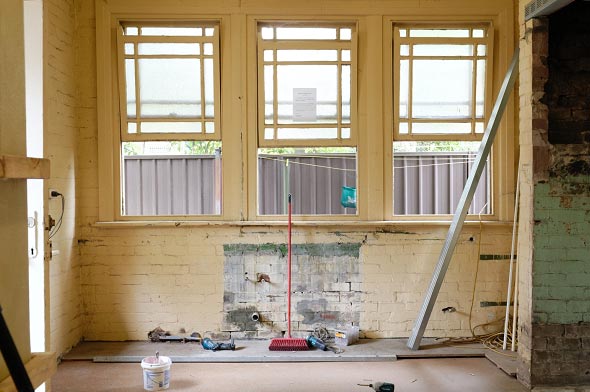Almost everyone has his or her own perception about 5 Home Safety Tips To Reduce The Risk Of Fire And Water Damage.

Water gives life, water intrusion on parts where it's not supposed to be can result in damages. Residences with water damage scent mildewy and old.
Water can originate from several sources such as tropical storms, floods, burst pipes, leaks, as well as drain concerns. In case you experience water damage, it would certainly be excellent to recognize some safety preventative measures. Right here are a couple of guidelines on how to deal with water damages.
Do Prioritize Residence Insurance Coverage Protection
Water damage from flood dues to heavy winds is seasonal. However, you can additionally experience an abrupt flood when a faulty pipeline all of a sudden bursts right into your house. It would certainly be best to have home insurance policy that covers both acts of God such as all-natural catastrophes, as well as emergency situations like damaged plumbing.
Don't Fail To Remember to Turn Off Energies
In the event of a calamity, particularly if you stay in a flood-prone area, it would certainly be a good idea to turn off the major electrical circuit. This removes power to your whole residence, avoiding electric shocks when water is available in as it is a conductor. Do not forget to transform off the major water line valve. When floodwaters are high, furnishings will move and also cause damages. Having the main valve turned off prevents additional damages.
Do Keep Proactive and Heed Weather Condition Signals
Listen to evacuation cautions if you live near a lake, creek, or river . Doing so reduces potential building damages.
Don't Neglect the Roofing System
Prior to the climate turns terrible, make certain you have a roof evaluation. It would be sensible to get this service each year as it can alleviate complicated concerns. If there are no openings and leaks in your roof covering, you can stay clear of rain damage. Your roofing professional will additionally take care of defective gutters or any other indications of weakening. This will avoid water from streaming down your wall surfaces and soaking your ceiling.
Do Take Notice Of Tiny Leaks
A ruptured pipeline does not take place overnight. Usually, there are red flags that show you have weakened pipes in your home. You might observe gurgling paint, peeling off wallpaper, water streaks, water spots, or dripping noises behind the walls. Ultimately, this pipeline will burst. Preferably, you must not wait for things to rise. Have your plumbing repaired prior to it causes substantial damage.
Do Not Panic in Case of a Ruptured Pipe
Keeping your clearheadedness is essential in a time of situation. Due to the fact that it will certainly suppress you from acting fast, panicking will just worsen the trouble. When it involves water damage, timing is crucial. The longer you wait, the even more damage you can expect. Thus, if a pipe bursts in your residence, promptly shut down your major water shutoff to remove the source. Unplug all electric outlets in the area or turn off the circuit breaker for that component of the home. Ultimately, call a trustworthy water damages remediation expert for help.
Water gives life, water breach on components where it's not expected to be can result in damages. Residences with water damage smell moldy and old.
Water damages from flood charges to heavy winds is seasonal. You may notice gurgling paint, peeling wallpaper, water touches, water discolorations, or leaking sounds behind the wall surfaces. When it comes to water damage, timing is vital.
Some Do's & Don't When Dealing with a Water Damage
DO:
Make sure the water source has been eliminated. Contact a plumber if needed. Turn off circuit breakers supplying electricity to wet areas and unplug any electronics that are on wet carpet or surfaces Remove small furniture items Remove as much excess water as possible by mopping or blotting; Use WHITE towels to blot wet carpeting Wipe water from wooden furniture after removing anything on it Remove and prop up wet upholstery cushions for even drying (check for any bleeding) Pin up curtains or furniture skirts if needed Place aluminum foil, saucers or wood blocks between furniture legs and wet carpet Turn on air conditioning for maximum drying in winter and open windows in the summer Open any drawers and cabinets affected for complete drying but do not force them open Remove any valuable art objects or paintings to a safe, dry place Open any suitcases or luggage that may have been affected to dry, preferably in sunlight Hang any fur or leather goods to dry at room temperature Punch small holes in sagging ceilings to relieve trapped water (don't forget to place pans beneath!); however, if the ceiling is sagging extremely low, stay out of the room and we'll take care of it DO NOT:
Leave wet fabrics in place; dry them as soon as possible Leave books, magazines or any other colored items on wet carpets or floor Use your household vacuum to remove water Use TV's or other electronics/appliances while standing on wet carpets or floors; especially not on wet concrete floors Turn on ceiling fixtures if the ceiling is wet Turn your heat up, unless instructed otherwise

Do you really like more info about Reducing Your Risk Of Water And Fire Damage At Home? Make a remark further down. We will be pleased to listen to your reactions about this page. We hope to see you back again in the near future. Are you aware of someone else who is enthusiastic about the subject? Why not share it. Thank you so much for your time spent reading it.